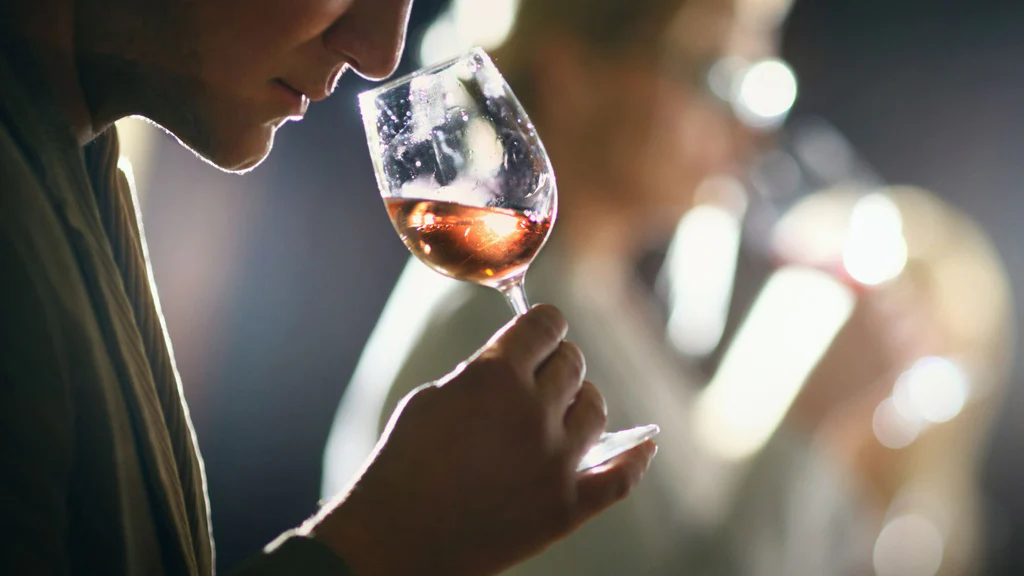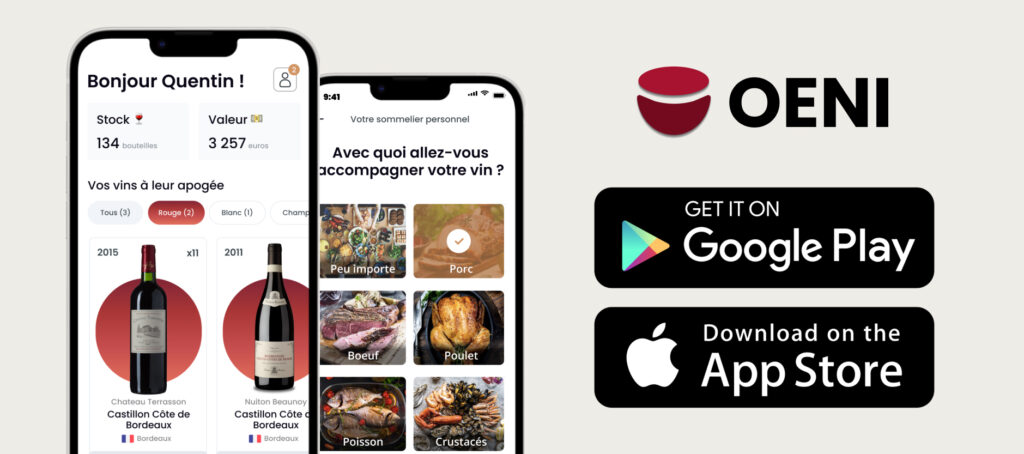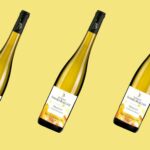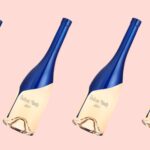Tasting a wine without a label may seem confusing. Yet it allows you to concentrate solely on the sensations. It tests your senses and your knowledge. It also invites you to trust your palate rather than the brand image.
If you're interested in wine-related articles, download our app for IOS or Android. It will give you access to our wine lexicon, our articles and our innovative solution, designed for all wine consumers and collectors.
Looking at the bottle: the first clue
Before serving the wine, start by inspecting the bottle. Shape can be a clue to region of origin. A Burgundy bottle often indicates Pinot Noir or Chardonnay. A Bordeaux bottle, on the other hand, is more likely to indicate grape varieties such as Merlot or Cabernet. Next, look at the fill level. A wine that's too low in the neck may indicate poor preservation. Finally, check the color of the glass. Dark bottles protect red wines. White bottles, often transparent, contain whites or rosés to be drunk young.
Smelling wine: the key to emotion

As soon as you pour the wine, the nose takes over. The first nose, before shaking, often delivers discreet aromas. Then, turn the glass slightly. The aromas are released. The bouquet offers precious clues. A red wine with notes of black fruit often evokes a southern origin. Vegetal touches are sometimes reminiscent of the Loire. A white wine with floral notes may indicate a Muscat. If you smell cork or vinegar, beware: the wine may be damaged. Blind tasting is largely based on this olfactory exercise.
Examine the wine's color
The color of the wine also provides essential information. A deep red with purplish highlights often indicates a young wine. Brick hues signal evolution or age. For white wines, a pale yellow hue suggests a dry, lively wine. A golden hue may betray a mellow or older wine. Clarity also reflects quality. A cloudy or deposit-laden wine may have been poorly stored.
Tasting with precision
The moment of tasting is crucial. Take a first sip without swallowing immediately. Let it circulate in your mouth to capture all the textures. Evaluate the attack first. A lively wine often has a strong acidity. Next, note the roundness, structure and length on the palate. A well-balanced wine offers harmony between acidity, alcohol and tannins. The longer the finish, the better the quality. This analysis of an unidentified bottle is based on listening to your senses.
Judging the quality of tannins
For a red wine, the quality of the tannins is of the utmost importance. Supple tannins are the sign of a mature, well-crafted wine. On the contrary, drying tannins sometimes reveal a wine that is too young or unbalanced. Some wines from the South of France have marked tannic power. Burgundy reds, on the other hand, have silky, delicate tannins.
Identify typical grape varieties
Some grape varieties leave a clear taste imprint. A red wine with notes of blackcurrant and pepper often evokes Syrah. A white wine with citrus and flinty aromas might be Sauvignon. A fat, buttery, full-textured wine might signal a Chardonnay. With practice, you can recognize a wine without a label with relative precision.
Evaluate operating temperature
A poorly served wine reveals its characteristics less well. A red that's too warm seems alcoholic. A white that's too cold seems closed. To evaluate, make sure the wine is at the right temperature. Red wines are best served between 15 and 18°C. Dry whites are best served at around 10 to 12°C. Correct serving allows for a more accurate blind analysis of the wine.
Taking structured notes
Note your impressions throughout the tasting. Use clear categories: color, nose, mouthfeel, length. This helps you to compare and classify. Some wine lovers also use wine-tasting apps. These digital tools make it possible to keep track of and later identify a wine without a label. In this way, you build up a solid taste memory.
Reading invisible clues
Even without a label, certain factors can influence your judgment. For example, the weight of the bottle. A heavy glass often betrays a higher-end wine. The shape of the cork also gives clues. A long, high-quality cork suggests a wine with good ageing potential. A short or synthetic cork indicates a wine that's easier to drink young.
Trusting your emotions
In the end, it's all about the pleasure you feel. A wine can be unfamiliar and yet create a strong emotion. Even if you can't identify it precisely, listen to your sensations. This personal connection to tasting is more important than anything else. With practice, you'll improve your ability to evaluate a wine blind.
Participate in blind tastings
To progress, there's no substitute for practice. Join a wine club or organize tastings with friends. Hide labels with aluminum foil. Compare your sensations with those of others. You'll find that olfactory memory develops very quickly. Analyzing unidentified bottles becomes a stimulating and instructive exercise.
Use the right tools
A good corkscrew, a suitable glass and a tasting sheet make analysis easy. A tulip-shaped glass concentrates aromas. A decanter can be used to open certain young wines. Every detail counts to optimize the experience. So, even without visual information, you can enjoy the wine to the full.
Learning to trust your palate
The more you taste, the more you refine your ability to judge a wine without reference. You learn to recognize a wine without a label, without stress. Your senses take over from your marketing habits. You develop a precious independence of taste. Away from conventional ratings, you explore a new, freer approach to wine.
If you enjoyed this article, don't hesitate to read the following one "The history of the 75 cl wine bottle"which may also be of interest to you!





